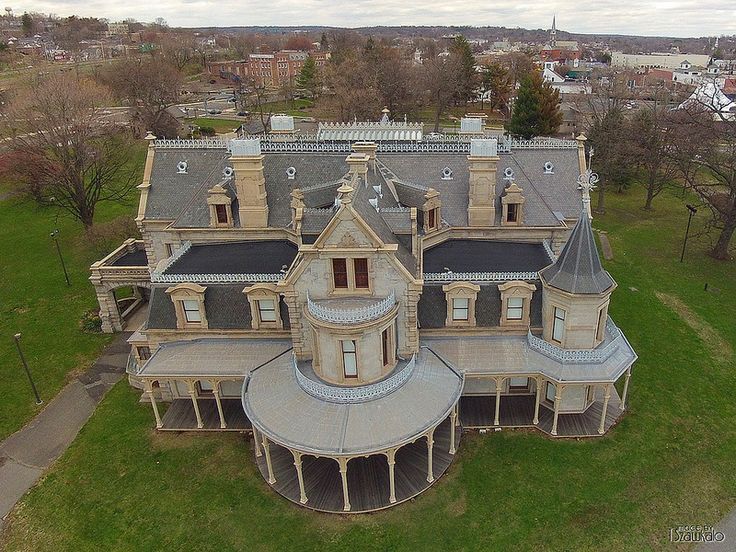It’s possible for you to determine the age of your property by performing public record searches and also fundamental on-line, including going to your own county? Tax Assessors office or courthouse Register of Titles for the title deed. Your city and county government offices ought to have the ability to offer the most up to date information regarding the age of your home.
Here are few methods you can use to find how old my house is:
- Contacting your realtor understand the best way to get the advice or to find out whether they will have info concerning the age
- Calling the preceding owner whether they understand the exact age of the house to find out
- Reviewing your house sales agreement for the date that is built
- Seeking real estate listings that are on-line to find out if a date that is built was released together with the house listing
- Checking across the locality to determine whether you can be given any information regarding the exact age of the house by the neighbors
No matter what path you decide to check out the age of your property, ensure that you check the information which you get. There might be times when you receive contradictory advice from different sources. Receiving info that is incorrect can occur when there’s been building performed in your home over time, including roof replacement and room additions.
1. Design, Structure and Materials of your House:
Throughout your investigation go through the plan, the type of the materials as well as building used. These can give hints to the development of a property as well as the annals. Nevertheless, take heed as these might be misleading. New varieties of stuff and building didn’t come into use nor fall into disuse uniformly across the nation, to get a mix of motives. Many buildings were disguised rather than designs and changed outlasted the monarchs after who they were identified frequently by many decades.
2. Identify the visual nature of the building
Houses are not normally constructed all in one piece. Rooms are added, add-ons constructed, roofs raised, and verandas redesigned. Abraham Lincoln’s House in Springfield, Illinois is a great example—it started out as a one-story Greek Revival style.
Every building has a unique individuality shown out and inside. Preservation Brief 17from the U.S. Department of Interior demonstrates you how to determine the distinguishing nature of an old building. Exactly what have you been searching for? “Character-defining components,” says the Brief, “comprise the general model of the building, its materials, craftsmanship, ornamental details, interior spaces and attributes, together with the many facets of its own website and surroundings.”
3. Make an effort to recognize the architectural style of your property
Consider the arrangement of the windows as well as the design of the roof.
Research Web resources for example our House Styles Index, or publications for example A Field Guide to American Houses. Compare just how your house looks with these style guides. Realizing the design of your own home will allow you to put it in a range of years when that design house was popular and also a historic period.
4. Analyze the actual signs
Construction techniques and the building materials used for the house include many hints. Homeowners can do their own investigation—the owners with this concrete block bungalow identified form concrete blocks that looked like rock. In the starting 1900’s, modeled concrete blocks were popularized by Harmon S. Palmer’s patented innovation of the hand operated molding machine.
By examining its wood, plaster, mortar, and paint a residence can be dated by a trained investigator. Lab’s pick apart layers of paint and can assess the age of the components. For technical directions, follow the method Architectural Investigation. Preservation Brief 35 from the U.S. Department of Interior is a primer for the professionals, but also a practical guide for the interested homeowner or diligent realtor.
5. Ask around
Keep in touch with survivors of neighbors, the last owners, senior citizens at lunch, local carpenters and plumbers, and anyone else who might know something regarding your house.
Their memories could be vague, but someone may have written correspondence which will help put your home in time, a statement, or a vintage photo.
6. Go to with the Tax Assessor.
The tax roll to your house can be found at municipal building, Town Hall, County Courthouse, or the local City Hall. This file will list the worth of the house, as well as each individual who possessed your property. Over time, the worth typically increases at a steady speed. An unexpected increase regularly means that new building happened. The year your property became more precious may be, actually, the year your house was constructed on a formerly empty lot.
6. See with your County Register of Deeds and census records
Stop to the Registrar’s office, while you are downtown and request to determine the tract index or a grantor-grantee index on your property. Interpreted from legalize, this implies that you will be requesting to visit a listing of trades including your premises.
As well as supplying dates, these records will provide you with names of everyone who bought the land your home is on—or whoever filed a suit against it!
I hope this comprehensive article will surely help you to find estimated age of your house which help you claim insurance or whatever your need are but these ways are best and anyone can find the answer of this question that how old is my house.
